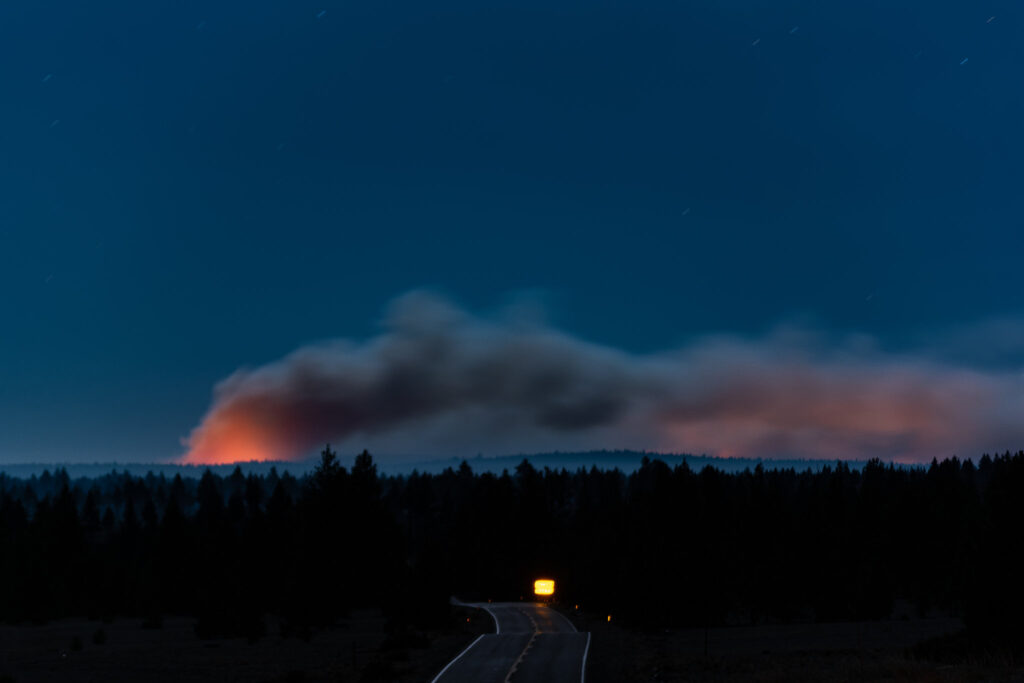This article was originally published in the Salt Lake Tribune.
The Intergovernmental Panel of Climate Change has issued its Sixth Assessment Report, painting a dire picture of the Western fires that are plaguing us. And once again, climate change is being named as the reason. But by solely looking at climate change, we overlook the real challenges that must be overcome if we want to mitigate wildfire risk and foster resilient forests.
Of course, a warming climate has extended dry seasons—meaning the wildfire season has grown longer too. But there’s more to the story here.
For too long, the debate over wildfire was a binary choice of culprits: climate change vs. forest mismanagement. But no longer. Increasingly, forest managers, forest ecologists and even politicians acknowledge that a century of fire suppression has disrupted natural fire cycles and birthed a debt of fuel. To foster more resilient forests and healthier fire cycles, forest restoration must be prioritized.
According to a study led by Forest Service scientists, climate change accounts for just 14 percent of the influence on more destructive wildfires. The report further notes that live fuel was the largest factor, accounting for 53 percent. Fire weather and topography are other major contributing factors. So if we’re serious about addressing the growing wildfire crisis, it’s clear we must start with fuel removal—in other words, forest restoration.
We’re seeing this play out in real-time. The Bootleg Fire in southern Oregon, now largely contained, has consumed over 600 square miles and pumped smoke into the skies across the West and even reaching the East Coast. But as the inferno moved into the Sycan Marsh Preserve, the nature of the fire changed. Instead of jumping from treetop to treetop, as fires do with abundant fuel, the fire shifted to the ground, making it move more slowly and become easier to control.
Proactive forest management is needed because, essentially, we made this mess. A century of putting out fires created uncharacteristic conditions. Denser forests led to greater tree mortality and also made forests more susceptible to infestation and disease. Proactively managing forests would allow them to return to healthier fire cycles of more numerous, low-intensity fires.
So we know forest restoration, such as prescribed burns, works—but counter-intuitive regulations stand in the way of increasing the pace and scale of this vital tool.
One such regulatory hurdle emerges from the Clean Air Act. An odd conundrum exists: the smoke from prescribed burns is counted in state emission calculations while the smoke from wildfires is not. This poses a serious problem for forest managers, essentially hamstringing their forest restoration efforts.
A study by Advancing Earth and Space Science found that wildfire smoke contains three times more pollution than smoke from prescribed burns. So logically, it makes sense to prioritize prescribed burns to prevent the more damaging effects of wildfire. Regulation though, sadly, doesn’t allows follow logic.
In its latest report, the Property and Environment Research Center offers eight recommendations for the U.S. Forest Service to increase the pace and scale of needed forest restoration projects. One of the report’s specific recommendations is to exclude prescribed burns from state emissions calculations. By doing so, forest managers could more easily expedite prescribed burns, removing the excess forest product that could fuel a deadly wildfire.
Fire is a healthy and essential part of a forest ecosystem, but a century of fire suppression and ill-conceived environmental regulations have distorted healthy fire cycles. Climate change is real and a challenge that must be addressed. But in order to protect human communities from the dangers of hotter, larger wildfires in the short term, we cannot simply focus on transitioning to a carbon-free economy.
Proactive forest management is needed to give us resilient forests and mitigate catastrophic wildfire.




